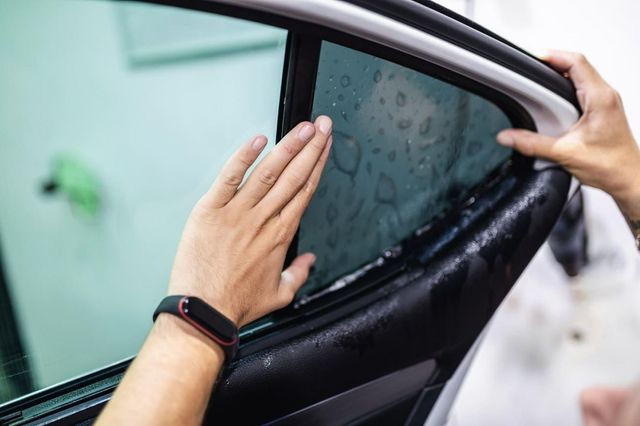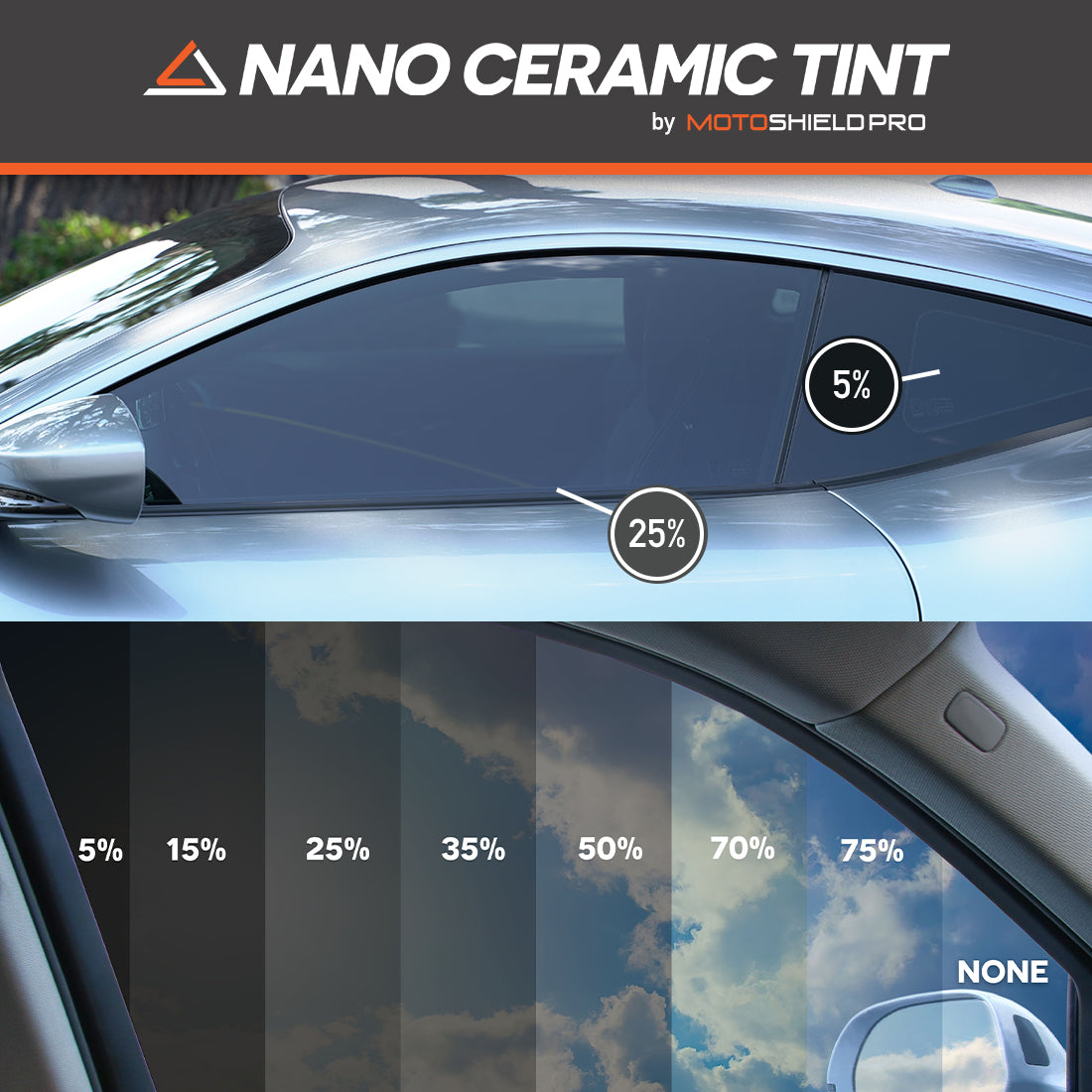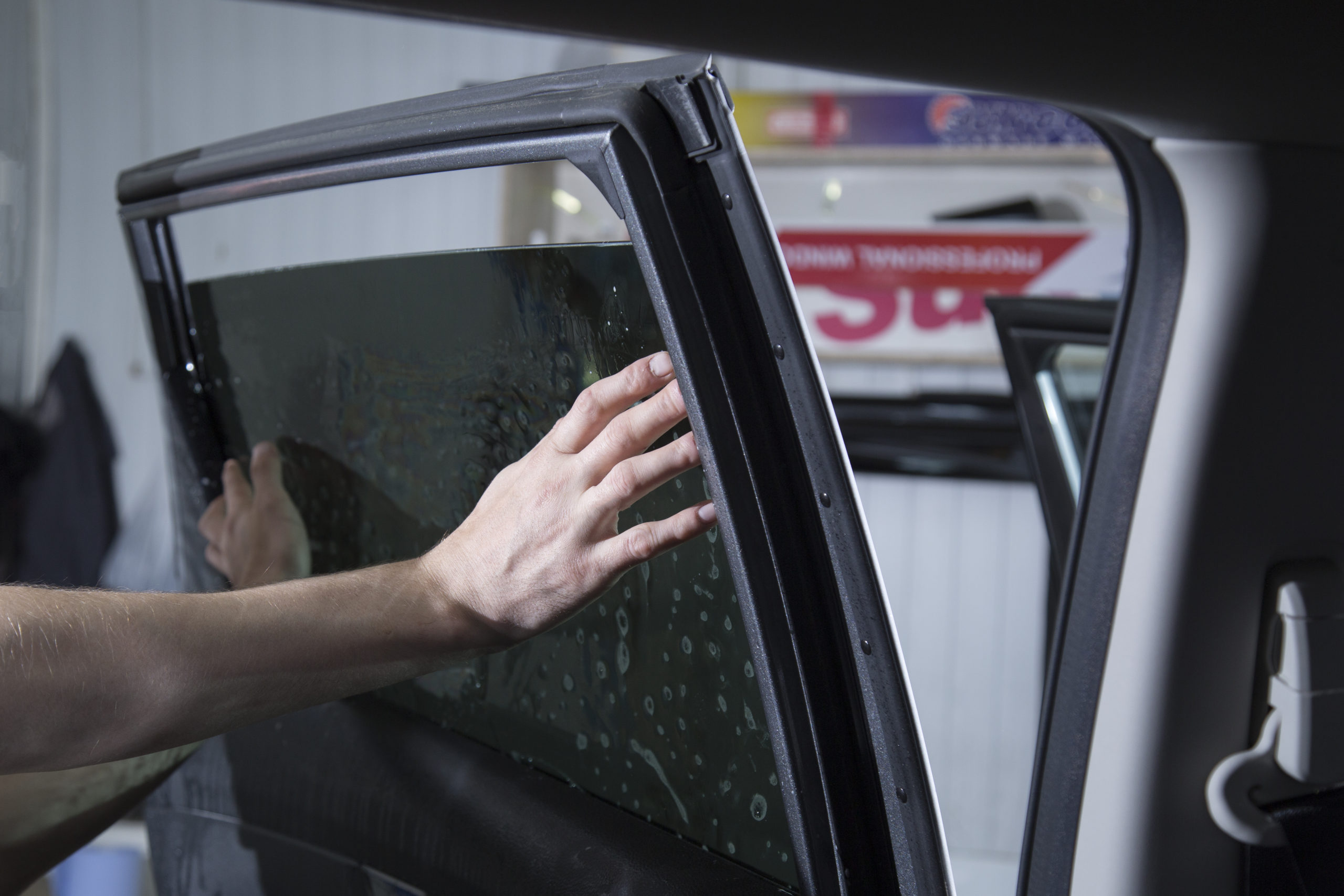Window Tinting Rules and Guidelines: What You Required to Know Prior To Tinting Your Car
Before continuing with window tinting for your automobile, it is important to familiarize on your own with the diverse regulations and standards that control this method throughout various states. These laws determine the allowable levels of tint darkness, usually gauged by visible light transmission (VLT) portions, and consist of certain terms for front windshields focused on making sure road safety. Additionally, particular jurisdictions might provide clinical exemptions for people with certifying problems. Comprehending these complexities can save you from potential legal implications, yet what are the particular policies in your state?
Overview of Home Window Tinting Regulations
Home window tinting laws are frequently subject to variation across different territories, mirroring regional laws and safety factors to consider. These legislations determine the allowable levels of tint darkness and reflectiveness on automobile home windows, ensuring that motorists keep adequate presence while likewise safeguarding against unsafe UV rays and heat.
Many policies identify home window tinting based on the Visible Light Transmission (VLT) portion, which indicates the amount of light that can go through the window. Typically, reduced VLT percentages symbolize darker colors. Legislations commonly distinguish in between the front, side, and rear home windows, with more stringent constraints applied to the front windshield to enhance safety for both the motorist and various other roadway users.
Compliance with window tinting policies is vital, as offenses can result in fines, compulsory elimination of the color, and prospective increases in insurance policy premiums. It is important for automobile proprietors to acquaint themselves with local legislations prior to proceeding with window tinting setups.
State-by-State Tint Regulations
Recognizing the particular home window tinting policies in each state is essential for vehicle proprietors looking for to comply with the legislation. Each state in the U.S. has actually established its own set of guidelines governing window tinting, which can vary significantly. These policies usually dictate the allowable degrees of color darkness, the kinds of home windows that can be tinted, and any type of medical exemptions that may apply.
For example, states like California have rigorous limitations on tint darkness for front windows, while others, such as New Mexico, might enable darker colors. In addition, certain states mandate specific visibility percents for different windows, consisting of the windscreen, front side home windows, and rear windows. It is important for automobile proprietors to familiarize themselves with their state's regulations to stay clear of potential penalties or charges.
Furthermore, some states may call for a qualification sticker label to be positioned on tinted home windows, suggesting conformity with state legislations. Failure to comply with these regulations not just runs the risk of lawful consequences but can also influence security and presence while driving. Therefore, lorry owners need to perform detailed study or consult neighborhood authorities to guarantee full understanding and compliance with state-by-state color policies.
Allowed Color Levels and Types
Numerous automobile proprietors might be amazed to find out that allowed tint degrees and kinds vary widely throughout various states. Each state has actually established its very own regulations concerning the permitted darkness and reflectivity of window color, often measured by Visible Light Transmission (VLT) percents. VLT refers to the amount of light that can pass through the colored windows; thus, a lower percent suggests a darker tint.

Furthermore, the kinds of tint materials enabled can vary, with some states banning metallic or mirror-like finishes. It is essential for lorry owners to acquaint themselves with their state's specific legislations to make certain compliance. Non-compliance can result right here in penalties, obligatory elimination of the color, or various other lawful effects, making it critical to comprehend these laws before continuing with installment.
Medical Exceptions for Tinting
While not all states offer allocations for medical exemptions concerning window tinting, those that do identify the requirement for specific people to boost visibility and convenience due to medical problems. Numerous medical conditions, such as lupus, skin cancer, and particular eye problems, can render people especially sensitive to sunlight. Consequently, these individuals might call for darker tints to safeguard themselves from unsafe UV rays and glare.

It is essential to note that despite having a medical exemption, there may still be limitations on the level of color permitted. Conformity with state regulations makes certain that people are both secured and within lawful restrictions. Those considering clinical exemptions ought to contact their neighborhood Division of Electric motor Vehicles or equal authority to comprehend the procedures and demands necessary to get an exception properly.
Charges for Non-Compliance
Stopping working to follow window tinting laws can bring about considerable fines, which vary by state. Regulation enforcement agencies are encouraged to issue citations for cars that do not follow the defined tinting policies. These charges usually consist of penalties, which can range from modest amounts to several hundred dollars, depending on the seriousness of the infraction and the state in inquiry.
In some jurisdictions, repeated offenses may lead to rising penalties or added fines, such as obligatory court appearances. Additionally, non-compliance might demand the elimination of illegal tinting, usually at the owner's cost. In severe instances, regular transgressors might face suspension of their car enrollment until compliance is attained.
Furthermore, insurance coverage ramifications might read this emerge from obtaining multiple citations for home window tint infractions. Insurance firms might watch such infractions as a sign of riskier actions, possibly bring about boosted costs or trouble in insurance coverage.
To avoid these penalties, it is critical for automobile owners to familiarize themselves with their neighborhood home window tinting legislations and guarantee that their lorry complies (Window Tinting). This positive technique not only stays clear of lawful implications Home Page yet additionally promotes roadway safety
Verdict

Many guidelines categorize window tinting based on the Visible Light Transmission (VLT) percent, which indicates the amount of light that can pass via the window. Conformity with window tinting laws is essential, as offenses can result in penalties, necessary removal of the tint, and prospective increases in insurance coverage costs.Understanding the details home window tinting policies in each state is essential for automobile owners looking for to comply with the legislation. These policies usually dictate the allowed degrees of tint darkness, the kinds of home windows that can be tinted, and any clinical exemptions that may use.
For circumstances, states like California have rigid constraints on color darkness for front windows, while others, such as New Mexico, may allow darker tints.